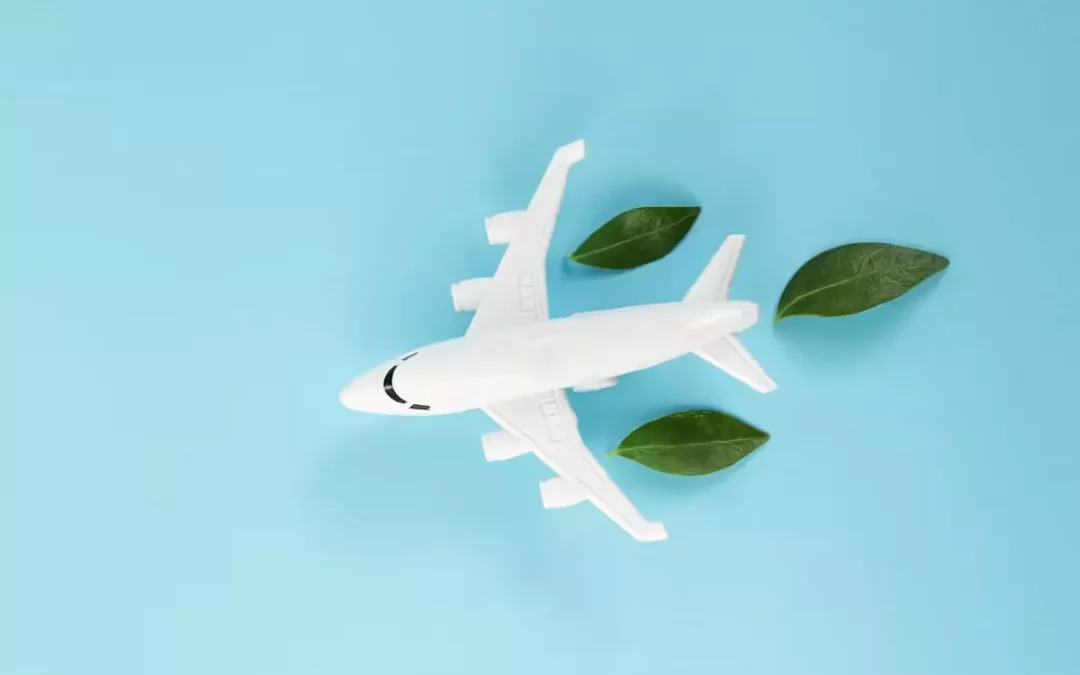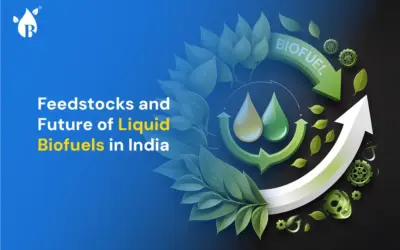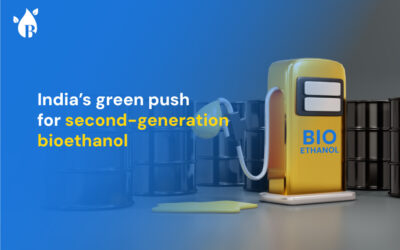
As we all know, air travel is a vital part of global economic development. Though this growth is undeniable, it is important to remember that it comes with a cost: the carbon footprint of aircrafts. The liquid aviation fuel used by airplanes are sourced from fossil fuels. In 2019, the global aviation industry alone produced 915 million tonnes of CO2 emissions, which is a lot, and it’s only getting worse. According to the latest report from the International Air Transport Association (IATA), the aviation industry is on track to produce more than 1 billion tonnes of CO2 by 2035—and that’s just one industry!
The International Civil Aviation Organization (ICAO) aspires the aviation sector to achieve net zero emissions by 2050. And, SAF could be the key to this challenging ambition. How so? Since the use of effective low-carbon technologies like hydrogen and electric propulsions are far-fetched until 2040 or so, only sustainable aviation fuel (SAF) has the potentiality to reduce carbon emissions greatly in a shorter time duration. IATA explicitly states,
The use of SAFs provides significant reductions in overall CO2 lifecycle emissions compared to fossil fuels – beyond 80% in some cases – even when emissions created in the production of SAFs are accounted for”.
What’s Sustainable Aviation Fuel?
Biofuel for aviation—or Sustainable aviation fuel (SAF)—is a fuel that is similar to conventional jet fuel but with a lesser carbon footprint. This fuel is made from a variety of feedstocks and waste products such as municipal solid waste (MSW), wood and agricultural residues, algae, used cooking oil, etc. There are five internationally approved processes for producing SAF, each with its own set of benefits and determining factors; however, none of these compromise on sustainability criteria.
Let’s Take a Look at What Sustainable Aviation Fuel Offers.
Surprisingly, the physical and chemical properties of sustainable aviation fuel and conventional jet fuel are similar, making them easily blendable up to 50%. As a result, SAFs are referred to as ‘drop-in fuels,’ as they can be used without the need for any technical modifications in the existing aircrafts.
Do you know? The 50:50 mixture of SAF and regular jet fuel emits up to 40% less carbon dioxide than fuel produced from fossil fuels.
Biomass crops used to produce SAF can reduce erosion and enhance both the quality and amount of water. They can also boost biodiversity and store carbon in the soil, which has positive effects for both the environment and farms across the nation. SAF made from wet wastes, like sewage sludge and manure, lessens the pollution load on watersheds and prevents the atmosphere from being filled with dangerous methane gas, a major cause of climate change.
Since many SAFs have fewer aromatic components, they burn more efficiently in airplane engines. Consequently, it enhances local air quality near airports and reduces heat-trapping contrails.
Also, IATA reports that cultivating non-food plants feedstock for SAF enables the usage of unproductive land wisely, creates employment opportunities, generates additional income to farmers, and enriches soil for crop-growing seasons.
Now, it makes sense if the thought crosses your mind: With so many benefits, why isn’t the SAF used to its fullest extent?
Challenges That Affects the Sustainable Aviation Fuel (SAF) Growth
Any new industry will inevitably face difficulties. Additionally, the effects of climate change, rising fuel costs, and the depletion of fossil fuel supplies encouraged the development of sustainable aviation fuels.
SAF costs four times more than regular petroleum jet fuels. Although sustainable aviation fuels are already used by the aviation sector, their global consumption is still less than 0.1 percent. Both feedstock availability and production capacity are still constrained. Additionally, sustainable aviation fuel (SAF) must compete with renewed diesel (RD), which is used in the road transportation sector, but it is unable to outperform them since RD is favored by government tax and incentive schemes. Lastly, it is challenging and requires investment to scale up the use of sustainable aviation fuels (SAFs) to a worldwide market.
Going Forward
Sustainable aviation fuels have the ability to curb carbon emissions up to 80% during its full lifecycle provided that regular jet fuel it replaces. Cost reduction is the crucial factor in increasing sustainable aviation fuel (SAF) adoption and use. In the long term, it will necessitate both investments in the creation of sustainable and scalable feedstock sources as well as in cutting-edge technologies to process feedstocks more effectively and largely.
The real commitment to the growth of sustainable aviation fuel (SAF) will take off only when the government supports it. Henceforth, the government must provide both a short-term policy incentive and a long-term policy framework that considers the interests of all stakeholders.
Given that the objectives are the same, Buyofuel supports biofuel-powered fuels in the aviation business. Want to know how? Check our website.
If you’re wondering what you can personally do about it, read on. Some airlines now give travelers and business clients the choice to pay for the use of SAF in order to cut the emissions connected with your ticket. If you are genuinely interested in it, you can support it.




